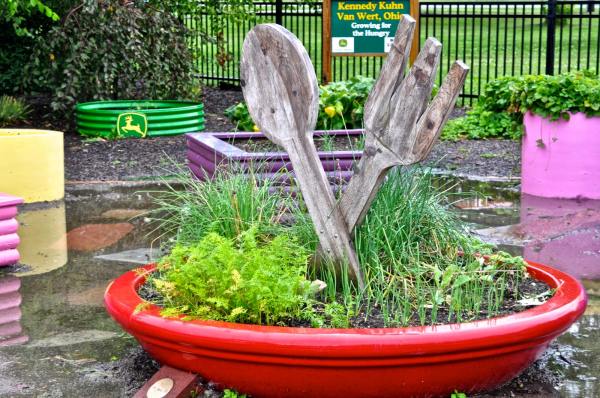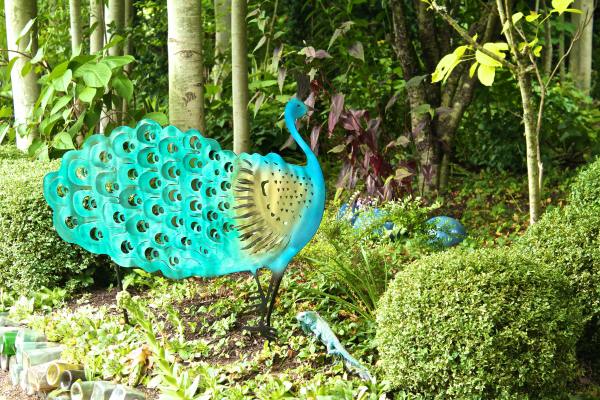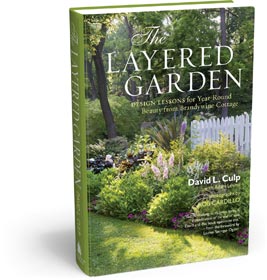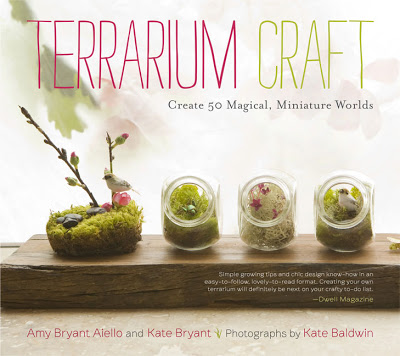Get kids excited about gardening
 Over the past few decades, children’s connection with the great outdoors has been slipping away. Kids no longer spend hours on end playing in the backyard or climbing trees. Instead, they sit inside, expending their energy on increasing amounts of screen time, sucked in by ubiquitous electronic entertainment.
Over the past few decades, children’s connection with the great outdoors has been slipping away. Kids no longer spend hours on end playing in the backyard or climbing trees. Instead, they sit inside, expending their energy on increasing amounts of screen time, sucked in by ubiquitous electronic entertainment.
According to the Henry J. Kaiser Family Foundation, children between the ages of 8 and 18 average 7 ½ hours of entertainment media per day. Researchers report that so much screen time increases children’s risk factors for obesity, sleep disorders, social skills, educational issues and violent behavior.
In contrast, spending dedicated outdoor time results in healthy, well-rounded kids who are inquisitive about the mysteries of nature and the world around them.
Gardening provides a range of concrete benefits from increasing much-needed vitamin D to better quality sleep, fitness and mood.
As people eschew processed foods and seek local, pesticide-free, and home-grown fruits and vegetable, gardening can also open the gate to the outdoors for our kids.
Gardening:
- Educates children about the life cycles of plants, insects and animals
- Inspires creativity
- Encourages healthy eating
- Entrusts them to care for growing plants
- Builds family time that ranges from planning to growing to cooking together
- Highlights children’s senses – taste, touch, smell, feel, and sight
- Provides opportunities for younger children to learn colors and colors, counting
- Encourages imagination play with accessories like fairy gardens
- Grows adults who appreciate and work to protect the world around them
There are limitless possibilities for planning a children’s garden and creating a fun, kid-friendly outdoor environment.
Start with the basics. Smaller, child-sized tools are inexpensive and will make them feel grown up. Little gloves, rakes and trowels make gardening more fun and give them tools to take care of as well.
Starting seeds – Research proper planting times for vegetable or flower seeds and set aside a sunny spot to create a garden, dedicate space in your own garden, or begin with large containers (with drains hole). Having space of their own and personal responsibility will make it more fun and rewarding.
Go to the nursery – pick out live plants to transplant together. Read labels and talk about conditions plants need to grow. Start a math lesson by calculating how far apart to plant and average days to maturity and harvest. Then, engage them in meal planning and cooking as well.
Create a container herb garden right outside your back door and ask your kids every day to pick what you need for cooking dinner.
Then load up on fun accessories like wind chimes, gazing balls, metal flower stakes, or painted gourd birdhouses to decorate the garden.

Invite wildlife into your yard as well. Add a birdbath and let your child help or be responsible for keeping it full of fresh water. Hang bird feeders and houses to teach kids about how the seasons change the types of wildlife in our area or those that pass through. Teach them different birds have different songs and even eat different seeds or nuts or insects. Plant giant sunflowers – have fun watching them grow and then harvest the seeds for the birds and squirrels to enjoy.
Teach your child about the importance of pollinators in our life cycle of our planet and your garden. Grow pollinator friendly plants and watch how bees and butterflies get the nectar that nourishes them and enables them to pollinate vegetables and ornamental plants. Watch as they flit from flower to flower, collecting pollen dust on their legs and passing it along again and again.
Create a personal space for your child to encourage imagination play and keep them entertained outside. Find a corner or spot under trees to put a small bistro table and chairs perfect for a tea party or play with action figures. Set up a train set, make a Hot Wheels car track, or create a doll or mouse house in the mulch. Or, create a fairy garden with whimsical, miniature accessories to invite magical fairies into your yard.
For young children, a sandbox provides hours of entertainment. Get a plastic one or buy a few wooden boards and build and paint your own – with your child’s help.
As parents who have or have had children in elementary school will all attest, exposing your child to nature may also provide fun and easy (easy being the operative word) ideas for dreaded annual science projects!
Then, use great books to explain the mysteries of nature. Go with your child to the book store to read and choose books about things they’ve become curious about.
You can teach your child how to recognize birds in your backyard by listening to their songs in this book. I love listening to mine over and over, trying to ID feathered friends visiting my feeders.
Backyard Birding: Bird Songs: 250 North American Birds in Song by Job Dunn.
Another favorite of mine is A Seed is Sleepy by Dianna Hutts Aston, that traces the life cycle of plants with beautiful illustrations of beautiful seeds.
Mrs. Spritzer’s Garden by Edith Pattou follows the gardening efforts of a school teacher.
For a host of inspirational ideas for all ages, check out i love dirt: 52 activities to help you and your kids discover the wonders of nature, by Jennifer Ward.
After your kids have enjoyed their outdoor fun, you can then channel their electronic activities with nature-focused websites and television shows. The National Wildlife Federation and Nat Geo offer a variety of entertaining and educational games, programs and magazines about all aspects of nature.
Opportunities to learn about and enjoy nature span the seasons. So, head outside and have some good, old-fashioned fun with your kids.





